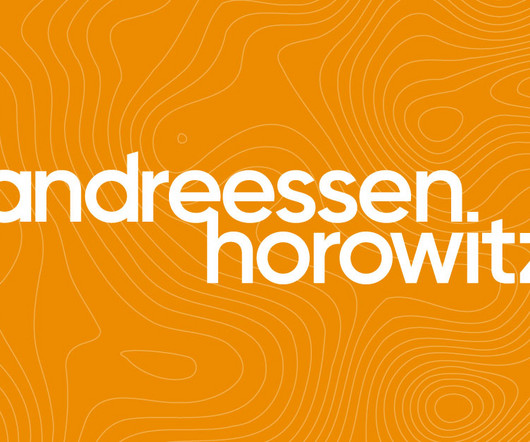What is the Right Burn Rate at a Startup Company?
Both Sides of the Table
SEPTEMBER 28, 2014
by Michael Woolf that is worth any startup founder reading to get a sense of perspective on the reality warp that is startup world during a frothy market such as 1997-1999, 2005-2007 or 2012-2014. So if your costs are $500,000 per month and you have $350,000 per month in revenue then your net burn (500-350) is equal to $150,000.














Let's personalize your content